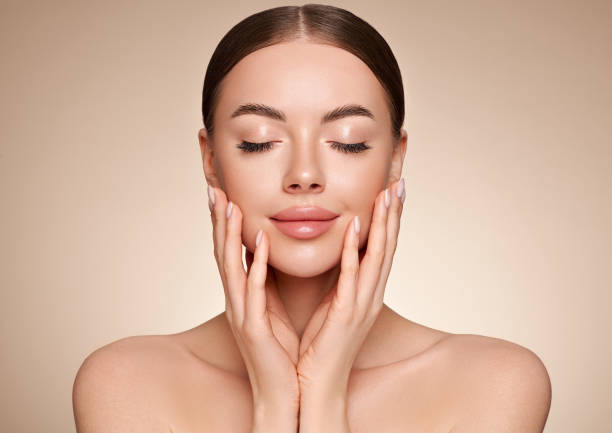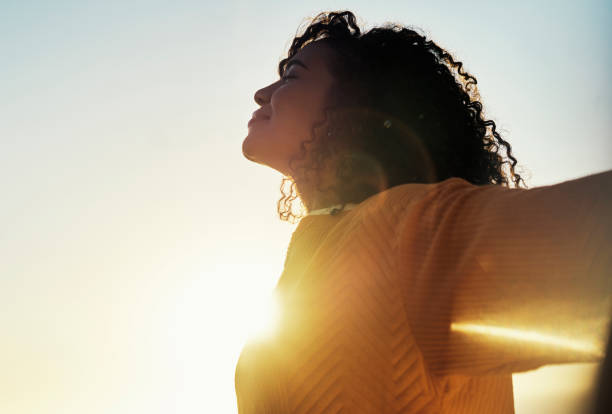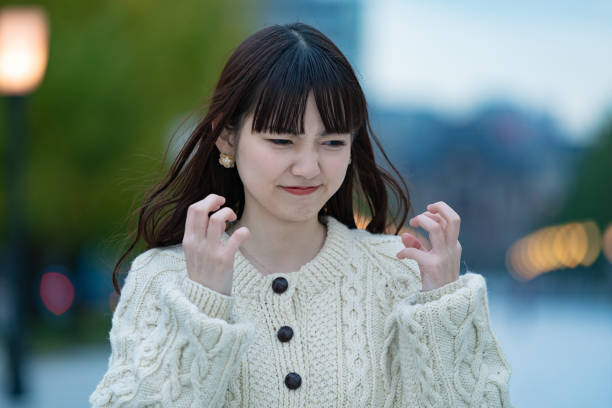When we think of beauty, we often imagine a face as a whole: a harmony of eyes, nose, lips, and expression blending together in a way that feels balanced and appealing. Yet a new study suggests that even a single feature can sway our perception of attractiveness in powerful and surprising ways. According to research published in the Proceedings of the Royal Society B, the size of a person’s lips—whether they appear fuller or thinner—can change how attractive a face is judged to be.
This finding may sound simple, even obvious in a world where cosmetic lip fillers and makeup enhancements are increasingly popular. But the research goes far deeper. It shows that these judgments are not fixed, but shaped by the gender of the face being viewed, the gender of the observer, and even by what our eyes have been exposed to just moments before. In short, beauty is far more flexible, subjective, and context-dependent than we often realize.
Why Facial Attractiveness Matters
Our judgments about appearance are not superficial; they influence many aspects of daily life. From mate selection to employment opportunities, from social popularity to legal outcomes, the way a face is perceived can alter real-world decisions. Psychologists and neuroscientists have long tried to uncover the rules that guide these judgments. Do we evaluate faces holistically, as unified wholes, or do we weigh certain features more heavily than others?
Many scientific models argue for holistic processing: that our brains take in an entire face at once and evaluate the overall impression. Yet in reality, people often attempt to improve their attractiveness by targeting individual features. Cosmetic fillers, makeup, or surgical alterations are designed to enhance one part of the face—most commonly, the lips. This study set out to resolve the apparent contradiction. Could altering just one feature really change how attractive a person looks?
Designing the Experiments
To answer this, researchers led by David Alais of the University of Sydney and colleagues from the University of Queensland created a controlled laboratory study. They selected 24 faces, evenly split between male and female, all shown with neutral expressions. Each face was digitally manipulated to produce seven versions: ranging from noticeably thinner lips, through the natural lip size, to significantly fuller lips.
Thirty-two participants—half male, half female—viewed all 168 images briefly and rated their attractiveness using a sliding scale. By systematically varying only the lips, the researchers could isolate how much this single feature influenced perceptions of beauty.
Gender Matters: Different Preferences for Male and Female Faces
The results revealed a striking pattern. For female faces, attractiveness ratings peaked when the lips were slightly fuller than their natural size. In contrast, for male faces, slightly thinner lips were considered most appealing. This suggests that subtle lip variations signal femininity or masculinity, tapping into deep-rooted cues about gendered traits.
But the story grew more complex when the researchers analyzed the data by participant gender. Female participants drove the preference for fuller lips in female faces, while male participants showed no strong preference—rating natural lips as equally attractive. Similarly, the preference for thinner lips in male faces was strongest among male observers themselves.
One additional finding stood out: people tended to rate faces of their own gender with greater consistency, as if they were more attuned to the features of those they identify most closely with. This may reflect a lifetime of exposure to one’s own gender in mirrors, photographs, and social interactions, honing sensitivity to subtle variations.
The Role of Visual Adaptation
The most fascinating insight came from a second experiment exploring whether these preferences could shift based on recent exposure. Using a well-known phenomenon called visual adaptation, participants first viewed a face with either expanded or contracted lips for 15 seconds. They were then asked to rate new faces across the full range of lip sizes.
The effect was immediate and dramatic. After seeing expanded lips, participants’ “ideal” shifted toward fuller lips. After seeing contracted lips, the preference reversed. The visual system recalibrated its internal standard of attractiveness based on what it had just observed.
Crucially, this shift occurred even when participants adapted to one person’s lips and then rated a completely different face. And in a final twist, the researchers found that exposure to isolated lips—without the rest of the face—was still enough to alter attractiveness judgments of whole faces later. This undermines the idea that faces are processed purely as unified wholes. Instead, it shows that our brains can encode and adapt to specific features independently, and those adaptations can ripple into our overall sense of beauty.
Why Lips Hold Such Power
The findings resonate with earlier research suggesting that lip size carries evolutionary and cultural significance. Full lips in women, for example, have been linked to signals of youth, health, and fertility. Studies in aesthetic medicine have even attempted to quantify the “ideal” lip proportions. One study in Plastic & Reconstructive Surgery–Global Open reported that attractiveness peaked when the upper lip was 20–25% of half the total lip width. Another study in JAMA Facial Plastic Surgery identified a pleasing 1:2 ratio between upper and lower lip height.
Yet the new research shows that these “ideals” are not absolute. Instead, they are malleable, shifting in response to what we have recently seen. This fluidity helps explain why beauty standards change across cultures and eras—and why trends like oversized lip fillers can spread rapidly once they enter mainstream visibility.
The Dark Side of Adaptation
The same adaptive mechanism that keeps our sensory systems flexible in nature may have unintended effects in a media-saturated world. Just as prolonged exposure to digitally altered or surgically enhanced bodies can shift perceptions of body image, repeated exposure to exaggerated lip sizes may recalibrate what we see as “normal” or “beautiful.”
The researchers warn that this process could fuel a cycle of cosmetic escalation. If someone undergoes lip enhancement and then adapts to their new appearance, their perception may shift so that only even larger lips feel attractive. This spiral, described as “lip dysmorphia,” mirrors patterns observed in body dysmorphic disorder, where individuals pursue increasingly extreme alterations to match an internal standard that keeps shifting.
Implications for Society
These findings have broad implications beyond cosmetics. They suggest that our standards of beauty are not hardwired but plastic, shaped by the images and faces we encounter daily. This raises important questions about the influence of advertising, social media, and cultural exposure on body image and self-esteem.
It also highlights the complexity of our judgments. We may think we know what we find attractive, but those preferences can change in minutes, influenced by context, social comparison, and adaptation. In a courtroom, workplace, or classroom, this flexibility reminds us that judgments of appearance should be taken with caution, as they may be more subjective and unstable than we assume.
The Human Face as a Mirror
At its heart, this study underscores how dynamic and context-sensitive our perception of beauty is. A face is not a fixed entity but a canvas that our minds interpret through layers of biology, culture, and experience. Lips, in particular, serve as a microcosm of this process—both biologically meaningful and socially malleable.
Understanding this doesn’t make beauty meaningless. On the contrary, it makes it more fascinating. Beauty is not an immutable property but a relationship between observer and observed, between expectation and reality. It is a reminder that human perception is not static but alive, constantly recalibrating itself to the world around it.
Looking Ahead
Future research will likely expand on these findings by exploring how long adaptation effects last, how they interact with cultural background, and whether they influence behavior in real-world settings. Do people who spend hours scrolling through filtered selfies develop new standards of beauty that affect their romantic choices or self-image? Can repeated exposure to diversity in appearance broaden our acceptance of different standards? These are not just academic questions—they touch on mental health, cultural values, and social justice.
For now, one lesson is clear: beauty is not a fixed truth but a shifting perception. A single feature, like the curve of a lip, can tip the scales of attractiveness. And those scales are balanced on the delicate, ever-moving fulcrum of human experience.






